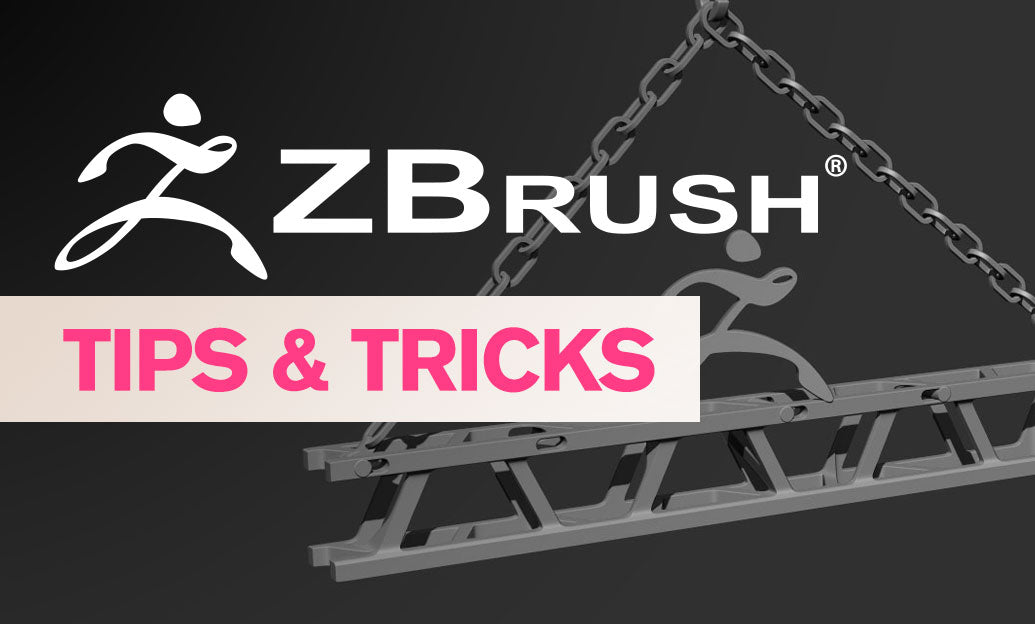Your Cart is Empty
Customer Testimonials
-
"Great customer service. The folks at Novedge were super helpful in navigating a somewhat complicated order including software upgrades and serial numbers in various stages of inactivity. They were friendly and helpful throughout the process.."
Ruben Ruckmark
"Quick & very helpful. We have been using Novedge for years and are very happy with their quick service when we need to make a purchase and excellent support resolving any issues."
Will Woodson
"Scott is the best. He reminds me about subscriptions dates, guides me in the correct direction for updates. He always responds promptly to me. He is literally the reason I continue to work with Novedge and will do so in the future."
Edward Mchugh
"Calvin Lok is “the man”. After my purchase of Sketchup 2021, he called me and provided step-by-step instructions to ease me through difficulties I was having with the setup of my new software."
Mike Borzage
ZBrush Tip: Achieving Realism with ZBrush Fibermesh: Essential Tips for Crafting Natural Hair and Fur
April 04, 2024 2 min read

Working with ZBrush Fibermesh can be quite the adventure when aiming to create realistic hair and fur for your 3D characters and creatures. Here is a professional tip to ensure that you achieve the most natural look possible using ZBrush's powerful Fibermesh tool. As always, for purchasing ZBrush licenses or upgrades, pay a visit to NOVEDGE, one of the largest online stores for design software.
- Understand your subject: Before you start, look at references of the hair or fur type you want to create. Take note of the flow, color variations, and how it reacts to light.
- Starting Fibermesh: Begin by masking the area where you want the hair or fur to grow. Use the 'Fibermesh' sub-palette under the 'Tool' menu to preview and tweak the fibers. Remember, less is more – it's easier to start with a lower amount of fibers and add complexity as needed.
- Adjusting settings: Utilize the 'Modifiers' section to control properties like length, coverage, gravity, and segments. Be sure to experiment with different settings to see their effect on the fibermesh.
- Styling: Once you're satisfied with the basic settings, use the Groom brushes to style the fibermesh. GroomHairToss and GroomTurbulence are excellent for adding randomness and naturalness to the hair.
- Color variation: For a more realistic look, use the 'Colorize' option within the Fibermesh settings and paint on the fibers to give them subtle color variations.
- BPR Settings: When you're ready to render, adjust the 'BPR Settings' in the Fibermesh sub-palette for a high-quality preview. This will help you see how the fibermesh interacts with lighting and shadows.
- Post-Process: After rendering, you can further enhance the look of the hair or fur in a photo editing software like Photoshop. Adjust the contrast, sharpness, and even add additional hair strands if necessary.
- Keep it Dynamic: Hair and fur are rarely static, so consider the movement and environment your character might be in. Use the gravity and wind settings to simulate dynamic motion.
Remember that creating realistic hair and fur with ZBrush Fibermesh is an iterative process that requires patience and practice. Keep refining your techniques with each project, and don’t be afraid to experiment with different settings to achieve the desired result.
For more information on ZBrush and its features, visit the Pixologic website. To purchase or upgrade ZBrush, NOVEDGE offers a comprehensive selection of options to cater to your creative needs.
You can find all the ZBrush products on the NOVEDGE web site at this page.
Also in Design News

Advancing Sustainable Design: The Role of Eco-Friendly Software in Architecture and Engineering
May 11, 2025 5 min read
Read More
ZBrush Tip: Mastering the Displace Noise Brush for Enhanced Detailing in ZBrush
May 11, 2025 2 min read
Read MoreSubscribe
Sign up to get the latest on sales, new releases and more …



